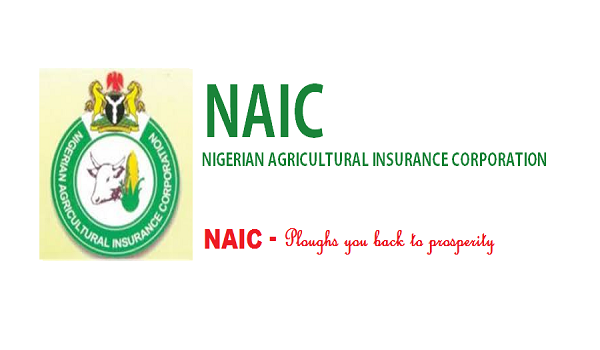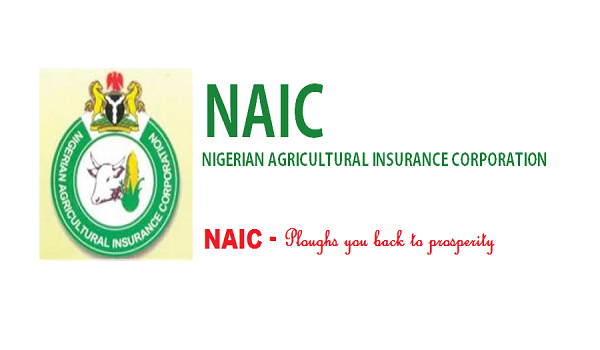You can insure yourself against the loss of your house, cars, or health. But what about your farm, if you’re a farmer- can you insure that too?
You can, thanks to the Nigerian Agricultural Insurance Corporation (NAIC), the government-backed institution which was set up for this purpose over three decades ago.
The conditions which led to NAIC’s founding haven’t changed in all the time it’s existed. At the time of its establishment in the late 1980s, farmers were struggling with a number of challenges- volatile commodity prices, marauding pests, and the reluctance of risk-averse creditors to support them financially. These problems were forcing many farmers off their lands and into the cities, where they sought alternative means of making a living.
Today’s challenges aren’t very different, except that there’s the added layer of widespread insecurity to worry about. This has made insurance companies less willing to provide insurance cover to farmers.
NAIC fills this gap by offering cover on an array of things farm-related. These include farm animals (cattle, sheep, goat, poultry, pigs, rabbits, snails, etc), crops (maize, millets, yams, potatoes, vegetables, groundnut, soybeans, etc), and tangible fixed assets (farm buildings, machinery, and equipment, vehicles, etc),
This means that if you lose your crops to a major locust swarm or your farm tractor gets damaged through no direct fault of yours, you can have them restored to pre-loss state with financial assistance from NAIC. This is possible with an insurance policy from them.
If you’re a farmer and you would like to get insured by NAIC, here’s how to go about it.
Steps You Should Take
You can get a NAIC insurance cover through a bank when you’re seeking a loan from them or directly from NAIC if you are a self-financed farmer.
Getting Insurance Cover as a Self-Financed Farmer
1. Visit the NAIC office closest to you and collect a proposal form from them. The information you enter into the form will be about the nature of your business and the project for which you’re intending to get cover. You will get briefed about the right way to complete the form, and what the terms and conditions mean for you.
2. NAIC will consider your proposal, and determine what sort of insurance cover will be suitable for you. They’ll communicate this to you when a decision is reached.
3. As soon as you pay the premium, you’ll get a Certificate of Provisional Insurance Cover (CPIC), as well as a policy document.
4. An inspection of the farm by NAIC may follow. They would want to be certain that the projects you’re insuring are as you have informed them.
Getting Insurance through a Bank or Lending Agency
1. Apply for an agricultural loan through a local bank or lending agency.
2. Once the loan is approved, the bank or agency will assess your insurance needs, and decide what kind of cover you should get.
3. You will be educated by NAIC and the bank about the risks in your line of agricultural business that they have identified.
4. They will also give you a proposal form which you will be expected to fill.
5. When you submit your duly filled proposal form, you will be informed about the premium you will be paying for the insurance cover.
6. You will have your premium paid through deductions made by the bank and transferred to NAIC.
7. Your farm will be inspected by NAIC. If the conditions there are considered satisfactory, you will receive a permanent insurance cover.
Source: naic.gov.ng
Featured image source: naic.gov.ng


